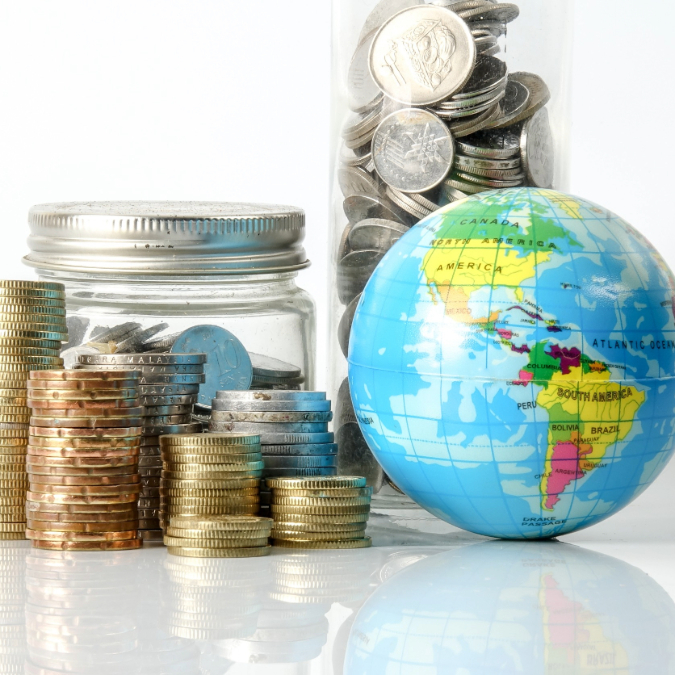
In a world where economic crises are a recurring theme, countries are often pushed to think outside the box to address their financial woes. From implementing quirky policies to embracing innovative solutions, nations around the globe are constantly exploring new avenues to navigate through economic turbulence. Here are 18 weird and wonderful ways countries are tackling their economic challenges.
1. Iceland’s Pirate Party and Direct Democracy
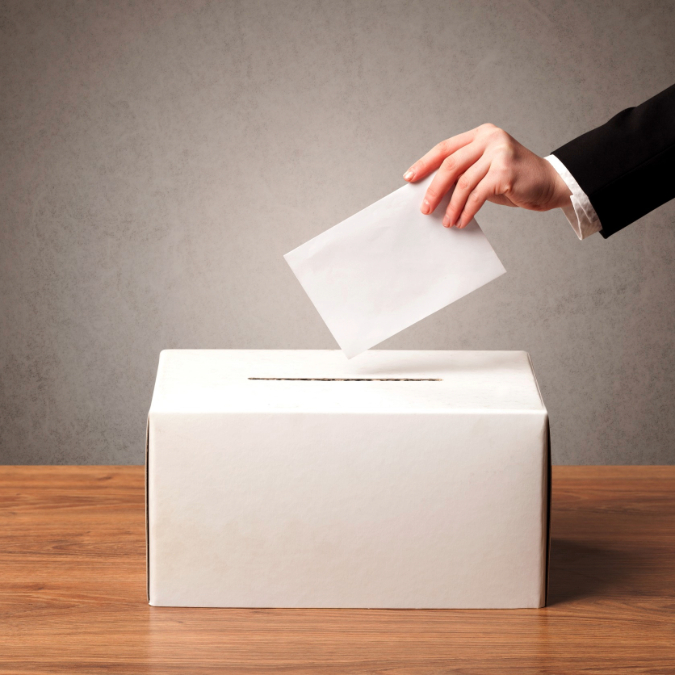
One example of countries tackling economic challenges in creative ways is Iceland’s Pirate Party. Iceland’s Pirate Party proposed using crowdsourcing to draft a new constitution, harnessing the power of direct democracy to involve citizens in shaping economic policies.
The party was created to combat perceived corruption within the country after the country faced a banking industry collapse in 2008.
2. Kenya’s Mobile Money Revolution

Kenya’s adoption of mobile money platforms like M-Pesa has transformed its economy, providing millions with access to financial services and boosting economic activity in rural areas.
Too often, people in impoverished areas don’t live near banks and, therefore, can’t establish bank accounts. Now, 72% of Kenyans use mobile money accounts. When Kenya’s mobile money platform succeeded, it lifted nearly a million people out of poverty.
3. Bhutan’s Gross National Happiness Index

Bhutan famously prioritizes Gross National Happiness over Gross Domestic Product (GDP), focusing on holistic well-being rather than purely economic metrics. From 2015 to 2022, Bhutan’s GNH grew 3.3% despite the effects of the pandemic.
4. Germany’s Dual Education System

Germany’s dual education system combines traditional schooling with apprenticeships, ensuring a skilled workforce tailored to the needs of the economy.
Usually, learners will spend 70% of their time in the workforce and 30% of their time at college. Apprenticeships almost always lead to secure employment at their conclusion.
5. Singapore’s Smart Nation Initiative

Singapore’s Smart Nation initiative leverages technology and data to drive economic growth and improve the quality of life for its citizens. Today, 99% of government services are digital.
6. Barcelona’s Time Bank

Barcelona introduced a time bank system where residents exchange services instead of money, fostering community cohesion and addressing economic inequalities.
7. Uruguay’s Legalized Marijuana Market

Uruguay became the first country to legalize the production and sale of marijuana, creating a new industry that contributes to economic growth and tax revenue.
Pharmacies in Uruguay have sold 10,693,210 grams of marijuana between July 19, 2017 and July 19, 2023, according to the IRCCA, the agency responsible for monitoring both medical and adult-use marijuana in the South American country.
8. Rwanda’s Gender Quota in Politics

Rwanda implemented a gender quota requiring women to hold at least 30% of parliamentary seats, promoting gender equality and enhancing economic decision-making.
9. Japan’s Robot Revolution

Japan is embracing robotics to offset labor shortages and drive productivity, with robots increasingly employed in industries ranging from healthcare to manufacturing.
10. Finland’s Universal Basic Income Experiment
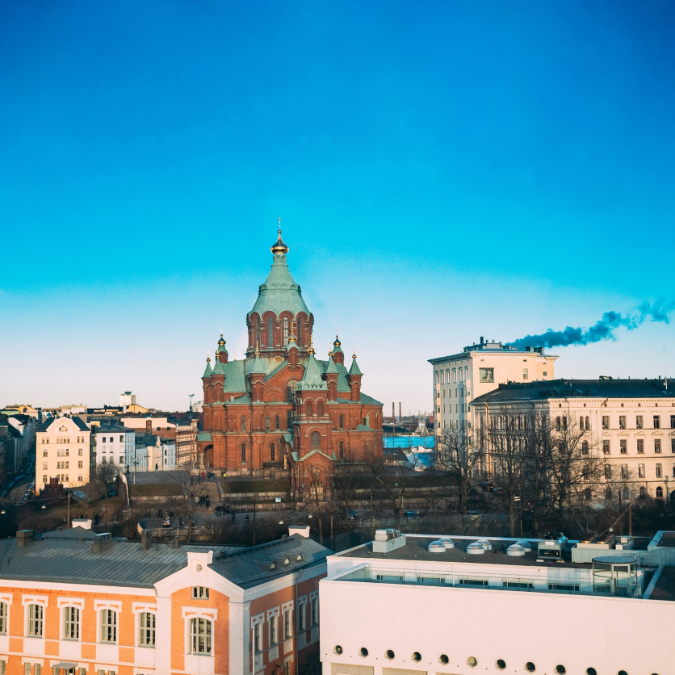
Finland conducted a trial of universal basic income, which provides citizens with a fixed income regardless of employment status. The aim is to alleviate poverty and stimulate entrepreneurship.
Over the two-year study, the basic income in Finland led to a slight increase in employment, significantly boosted the recipients’ well-being, and reinforced positive individual and societal feedback loops.
11. New Zealand’s Well-being Budget

New Zealand’s government introduced a well-being budget that prioritizes social and environmental outcomes alongside economic goals, reflecting a holistic approach to governance.
12. Sweden’s Cashless Society
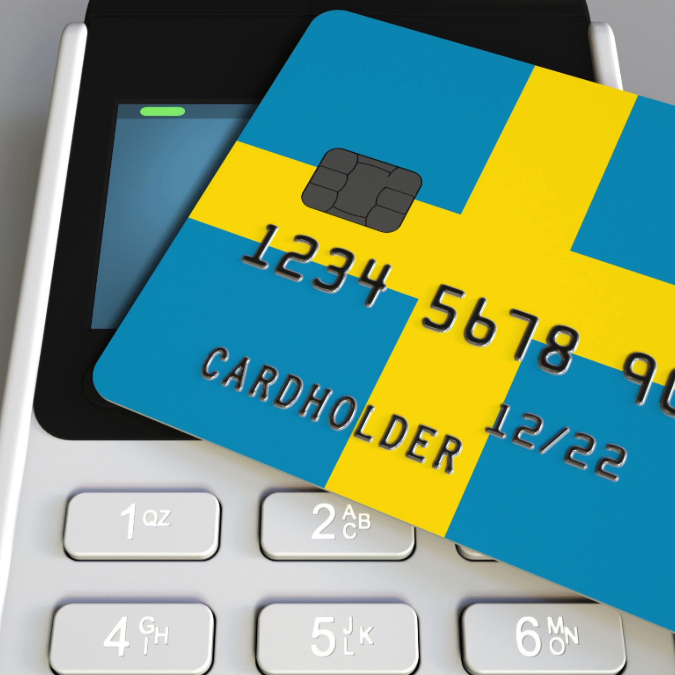
Sweden is rapidly moving towards a cashless society. Digital payments are replacing cash transactions, offering convenience and efficiency while posing challenges for traditional banking systems.
13. India’s Aadhaar Identification System

India’s Aadhaar system assigns each citizen a unique identification number, streamlining access to government services and reducing bureaucracy, thereby stimulating economic activity.
14. Netherlands’ Bicycle Economy
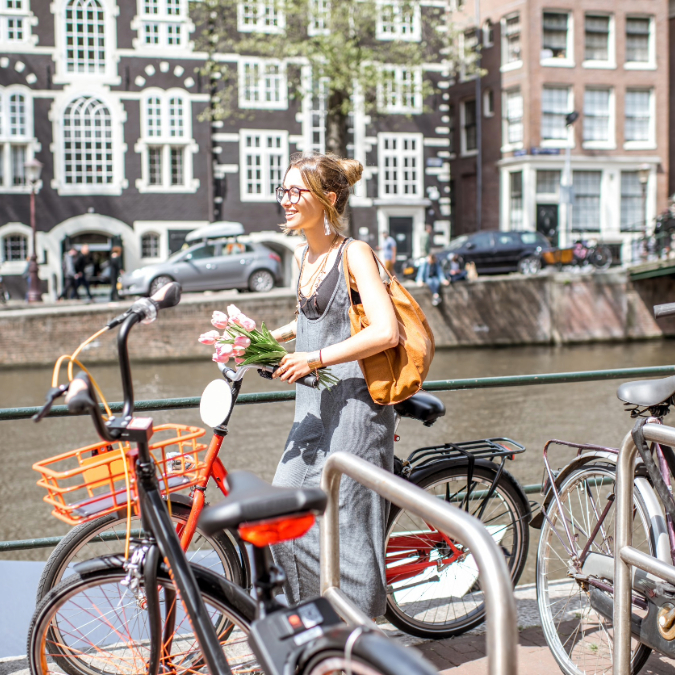
The Netherlands promotes cycling as a sustainable mode of transportation, reducing congestion, pollution, and healthcare costs while fostering economic vitality in urban areas.
Cycling increases the life expectancy of Dutch people by half a year. These health benefits correspond to more than 3% of the Dutch gross domestic product.
15. Brazil’s Bolsa Família Program

Brazil’s Bolsa Família program provides cash transfers to low-income families, reducing poverty and stimulating local economies by increasing purchasing power.
16. South Korea’s Hallyu Wave

South Korea is tackling its economic challenges by capitalizing on its global popularity. The country’s cultural exports, including K-pop music and Korean dramas, have become a significant economic driver, attracting tourists and boosting international trade.
17. Denmark’s Energy Efficiency
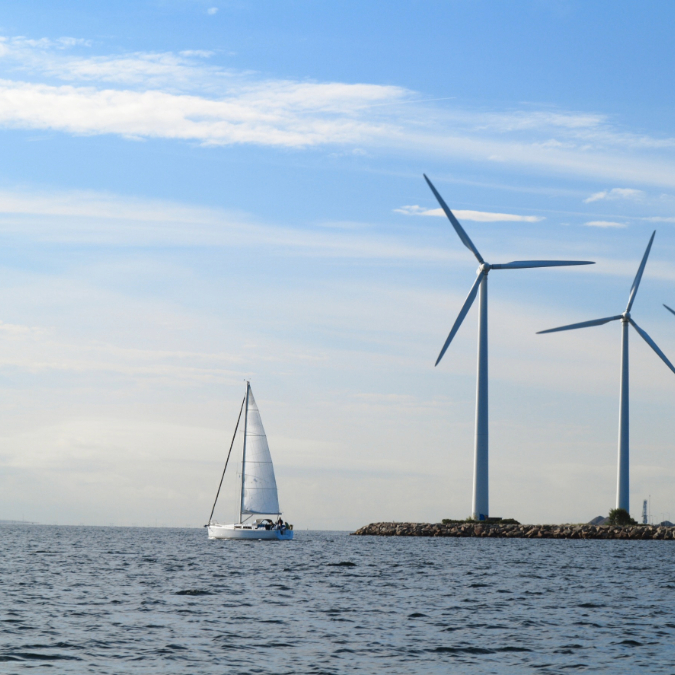
Denmark prioritizes energy efficiency measures, reducing reliance on fossil fuels, lowering carbon emissions, and positioning itself as a leader in renewable energy technologies.
18. Canada’s Immigration Strategy
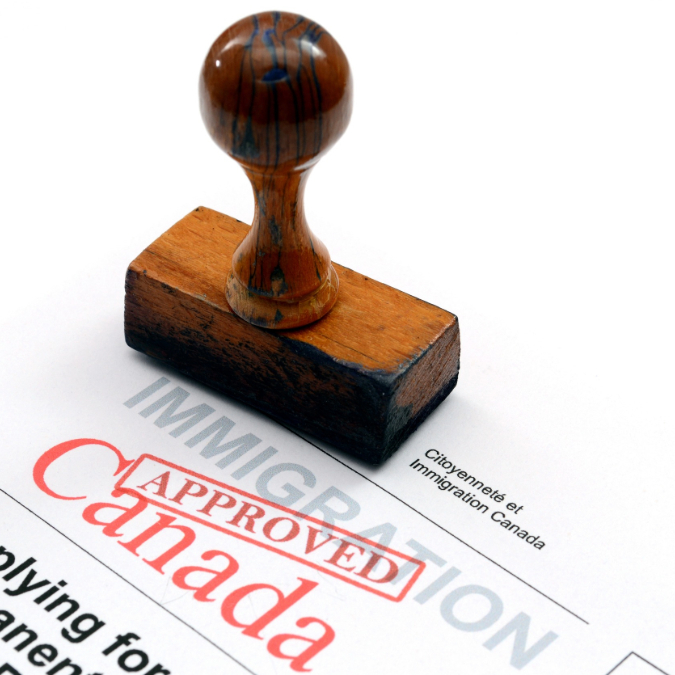
Canada’s immigration policies focus on attracting skilled workers and entrepreneurs, replenishing the labor force, driving innovation, and contributing to economic growth and diversity.
Economic Lessons We All Can Learn

These examples demonstrate the diversity of approaches countries are taking to address economic challenges. Whether through embracing technology, rethinking traditional policies, or prioritizing well-being, nations are finding creative solutions to navigate an ever-changing economic landscape.
By learning from each other’s successes and failures, countries can continue to innovate and adapt in the face of economic uncertainty.
Read More
15 English Tongue-Twisters: Words That Will Test Your Speaking Skills
When are Manufactured Homes a Good Investment?

Leave a Reply